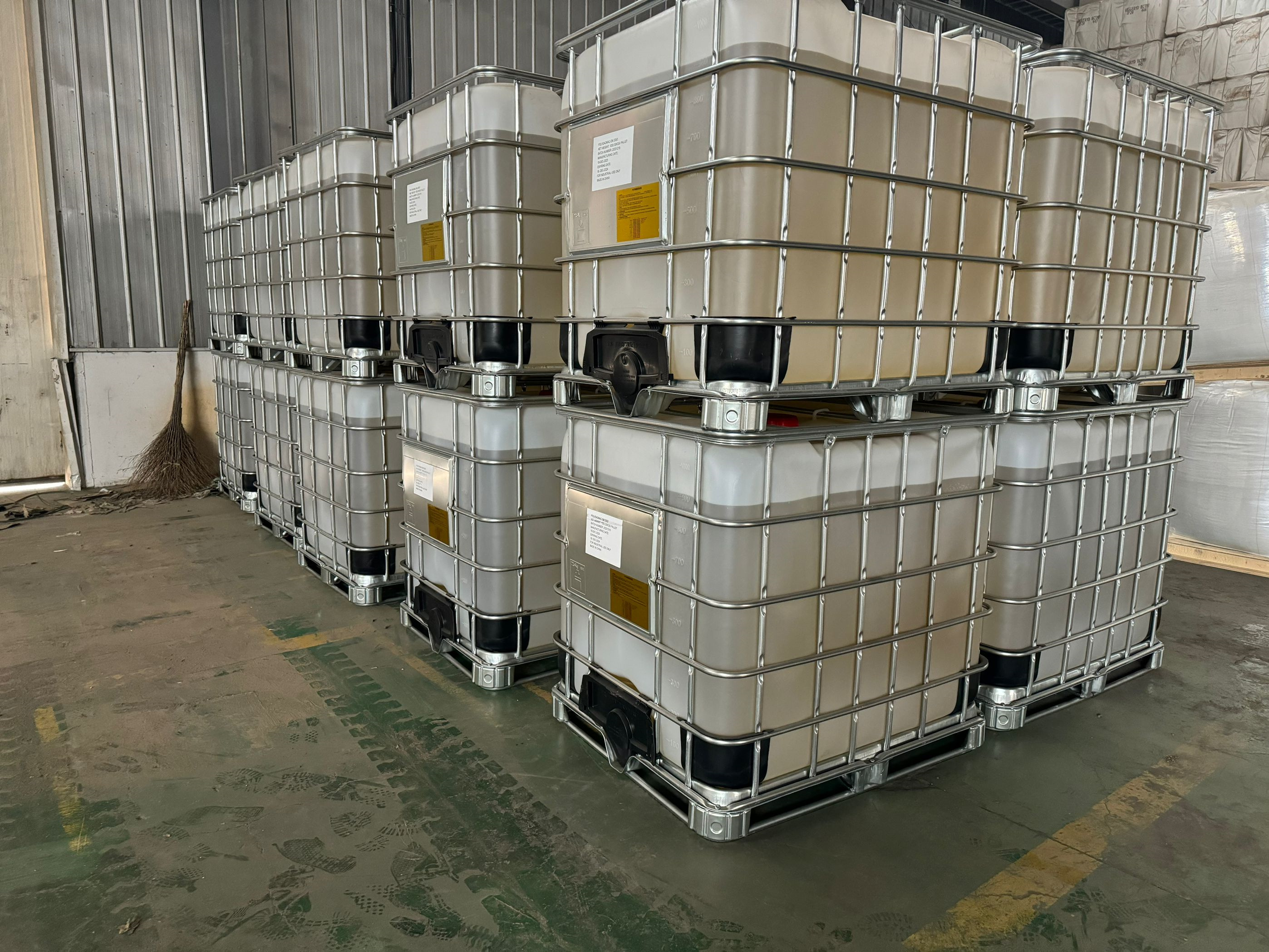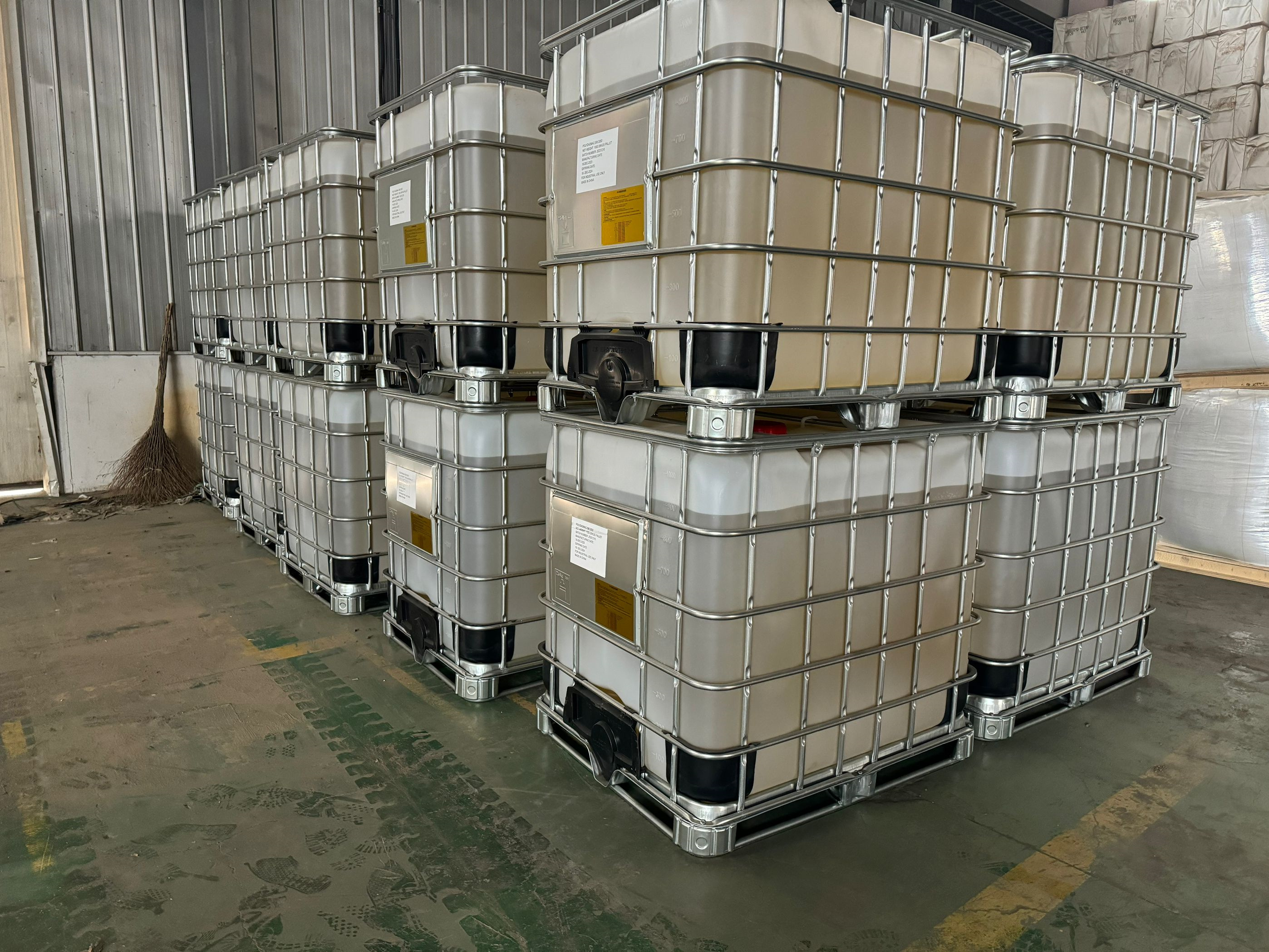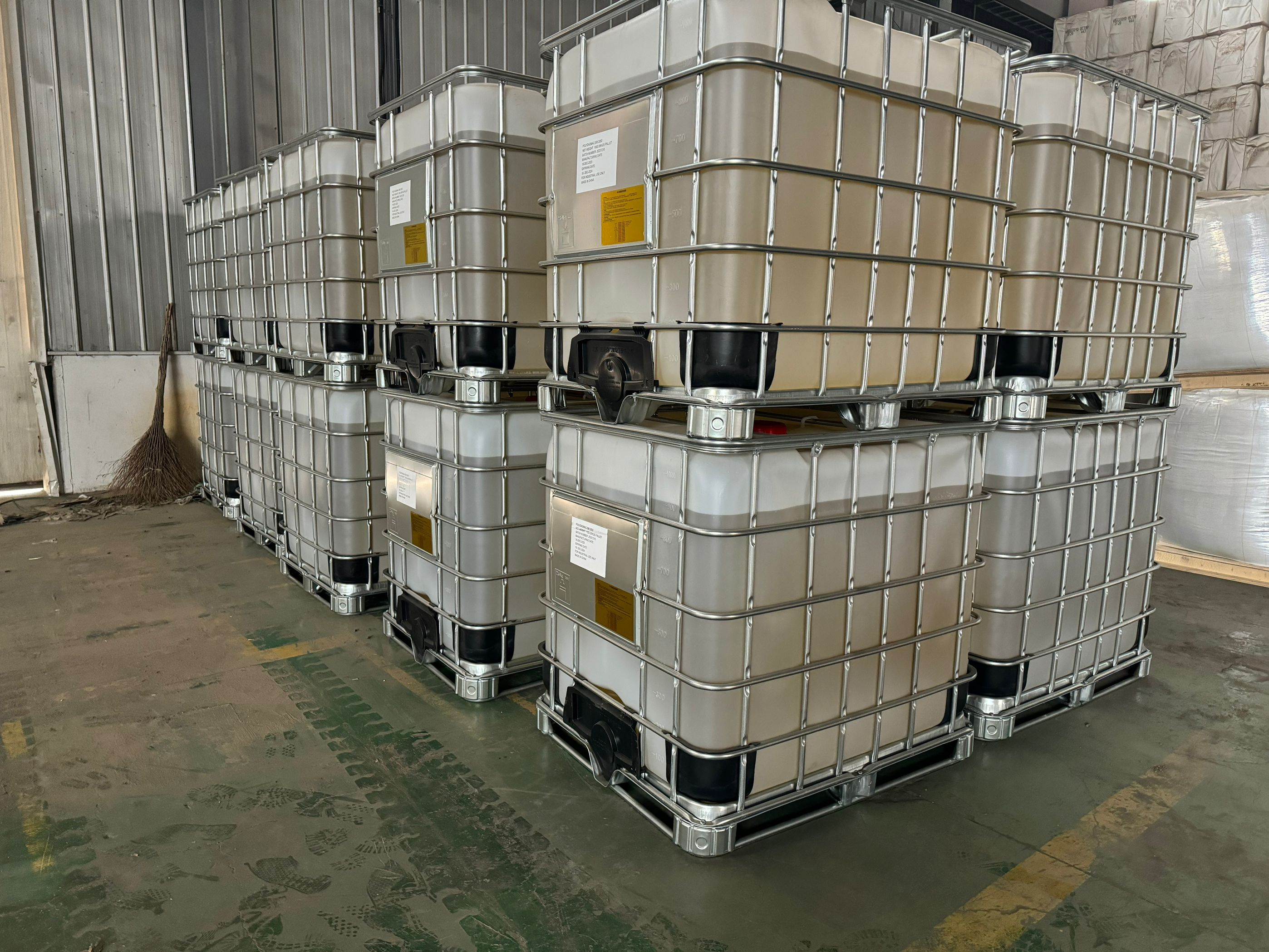Polyamine is a versatile cationic polymer widely used in sludge dewatering and water treatment processes. Its main functions include coagulation, flocculation, and aiding in the separation of solids from liquids.
biggest polyamine manufacturer|polyamine suppliers|polyamine plants in china
Material
- polyamine
Color
- light yellow
Application
- water treatment ,mineral processing
Certificate
- ISO9001 ,ISO14001
Place of Origin
- China
Other Names
- polyamine
Brand Name
- asiafloc
Usage
- water treatment ,mineral processing ,textile ,oil and gas
Polyamine is a versatile cationic polymer widely used in sludge dewatering and water treatment processes. Its main functions include coagulation, flocculation, and aiding in the separation of solids from liquids. These roles are crucial for improving the efficiency of treatment systems, enhancing water clarity, and reducing sludge volumes. Below, I will explore the functions and applications of polyamine in sludge dewatering and water treatment in detail, meeting the 1200-word requirement.
Introduction to Polyamine
Polyamine is a synthetic organic polymer characterized by its high cationic charge density. This property makes it an effective agent for neutralizing negatively charged particles, such as suspended solids, colloids, and organic matter. As a result, polyamine is widely employed in municipal and industrial water treatment facilities as well as in sludge management systems.
Role of Polyamine in Water Treatment
Water treatment involves various stages to remove impurities and contaminants, ensuring water is safe for industrial, municipal, or environmental use. Polyamine plays an integral role in multiple stages of this process.
1. Coagulation
Coagulation is the process of destabilizing suspended particles and colloids in water. These particles are usually negatively charged, which prevents them from aggregating naturally. Polyamine, with its strong cationic charge, neutralizes these charges, enabling the particles to come closer and aggregate into microflocs.
Mechanism: Polyamine interacts with the surface charges of particles, reducing their electrostatic repulsion. Once destabilized, the particles can clump together through van der Waals forces or chemical bridging.
Applications: Polyamine is particularly effective in removing fine particles, organic matter, and dissolved contaminants from raw water and industrial effluents.
2. Flocculation
After coagulation, the process of flocculation follows. Flocculation involves binding the destabilized particles into larger, more stable flocs, which can settle quickly or be filtered out. Polyamine's long-chain structure acts as a bridge, linking particles together and forming larger aggregates.
Benefits of Polyamine in Flocculation:
Enhances sedimentation rates, reducing the time required for settling.
Produces dense and compact flocs, minimizing residual turbidity in treated water.
Improves the efficiency of downstream filtration or sedimentation systems.
3. Removal of Organic and Inorganic Impurities
Polyamine is highly effective in targeting specific contaminants, such as organic compounds (e.g., humic acids, tannins, and dyes) and inorganic impurities (e.g., silica and heavy metals). By forming insoluble complexes with these impurities, polyamine facilitates their removal through sedimentation or filtration.
Applications:
Treating raw water for drinking purposes.
Purifying industrial effluents before discharge or reuse.
4. Clarification and Filtration Enhancement
Polyamine aids in clarifying water by reducing turbidity and enhancing the performance of filtration systems. It ensures that even fine particles are aggregated into larger, filterable flocs.
Impact on Water Quality:
Produces clear and aesthetically pleasing water.
Reduces the frequency of filter backwashing, thereby conserving water and energy.
5. Compatibility with Other Treatment Agents
Polyamine is often used in combination with other coagulants, such as alum or ferric chloride, and flocculants like anionic or nonionic polymers. This synergistic use enhances the overall efficiency of the treatment process.
Role of Polyamine in Sludge Dewatering
Sludge dewatering is the process of reducing the water content of sludge to facilitate its disposal or reuse. The high-water content in untreated sludge makes it bulky, expensive to transport, and difficult to manage. Polyamine plays a pivotal role in improving dewatering efficiency by coagulating and flocculating sludge particles.
1. Charge Neutralization in Sludge
Sludge consists of organic and inorganic matter suspended in water. These particles are negatively charged, causing them to repel each other and remain dispersed. Polyamine neutralizes these charges, allowing the particles to aggregate.
Result: The formation of larger and denser flocs, which can release trapped water more easily.
2. Floc Formation for Dewatering
In dewatering processes, such as centrifugation, belt pressing, or vacuum filtration, the efficiency of water removal depends on the size and stability of flocs. Polyamine's polymeric structure bridges particles together, creating robust flocs.
Benefits:
Enhances the release of water from sludge.
Produces drier sludge cakes, reducing disposal costs.
Improves the performance of mechanical dewatering equipment.
3. Reduction in Polymer Dosage
Compared to other flocculants, polyamine often requires lower dosages to achieve the same level of dewatering efficiency. This reduces chemical costs and minimizes the introduction of excess chemicals into the treated sludge.
4. Improved Sludge Handling
Drier sludge is easier to handle, transport, and dispose of. It also reduces the environmental impact of sludge disposal by minimizing leachate production in landfills.
Applications of Polyamine in Specific Industries
Polyamine's versatility makes it suitable for a wide range of applications across industries:
1. Municipal Wastewater Treatment
In municipal wastewater treatment plants, polyamine is used to treat sewage sludge and improve water clarity. Its functions include:
Enhancing the removal of organic matter and nutrients.
Aiding in the dewatering of primary and secondary sludge.
Reducing the volume of sludge for disposal.
2. Industrial Effluent Treatment
Industries generate effluents containing oils, heavy metals, and dyes. Polyamine is effective in treating these effluents through:
Breaking emulsions to separate oil and water phases.
Precipitating heavy metals into insoluble forms for removal.
Removing color-causing agents and improving effluent aesthetics.
3. Sludge Treatment in Pulp and Paper Industry
The pulp and paper industry produces large volumes of sludge rich in organic matter. Polyamine is used to:
Enhance the settling and dewatering of paper mill sludge.
Recover fibers and other valuable components from process water.
4. Mining and Mineral Processing
In mining, polyamine is employed to treat tailings and recover water for reuse. It aids in:
Flocculating fine particles in mineral slurries.
Reducing the moisture content of tailings for easier handling.
Advantages of Using Polyamine
The widespread use of polyamine in sludge dewatering and water treatment is due to its numerous advantages:
High Efficiency: Polyamine provides excellent coagulation and flocculation performance, even at low doses.
Versatility: It can be used across various pH levels, water temperatures, and impurity types.
Cost-Effectiveness: By reducing sludge volumes and improving treatment efficiency, polyamine lowers operational costs.
Eco-Friendly: Unlike some inorganic coagulants, polyamine does not introduce heavy metals or other pollutants into the treated water.
Rapid Action: Polyamine reacts quickly with impurities, ensuring faster treatment times.
Challenges and Considerations
While polyamine is highly effective, its application requires careful consideration of the following factors:
Dosage Optimization: Overdosing can lead to re-stabilization of particles, while underdosing may result in incomplete treatment.
Compatibility Testing: When used with other chemicals, compatibility tests are necessary to prevent adverse reactions.
Cost Analysis: While efficient, polyamine may be more expensive than some traditional coagulants.
Future Prospects
Advancements in polymer science are likely to expand the applications of polyamine. Innovations may include:
Biodegradable Polyamine: For environmentally sensitive applications.
Customized Formulations: Tailored to specific contaminants and treatment goals.
Integration with Advanced Technologies: Such as membrane filtration and zero-liquid discharge systems.






